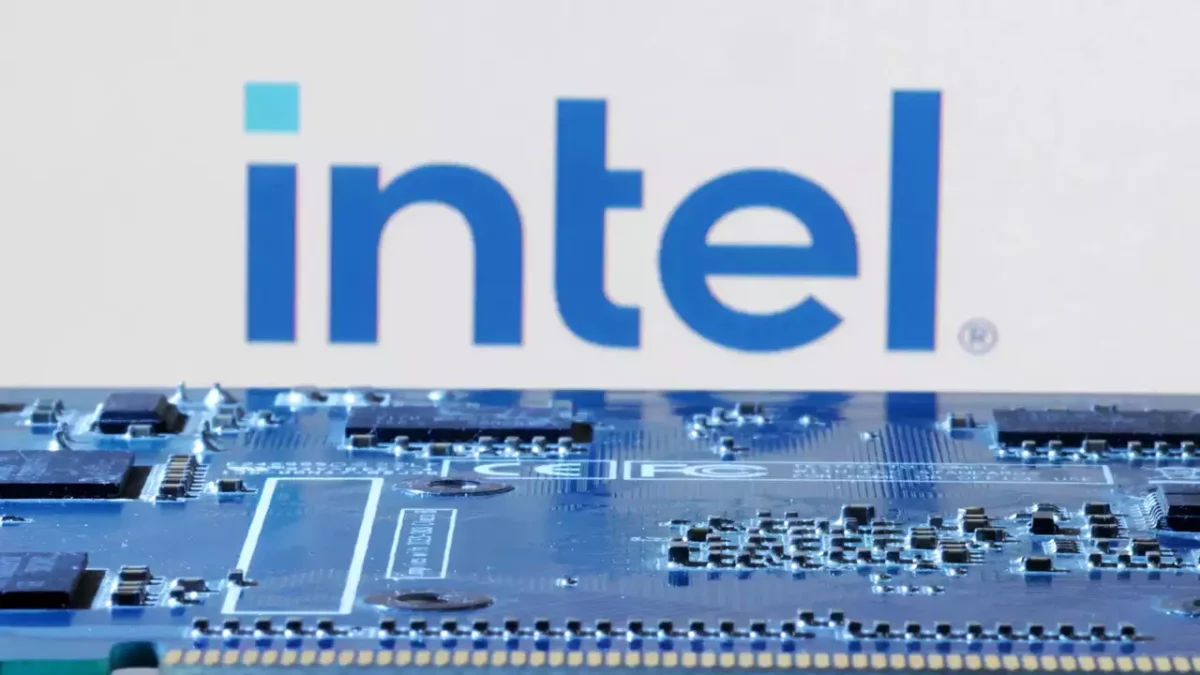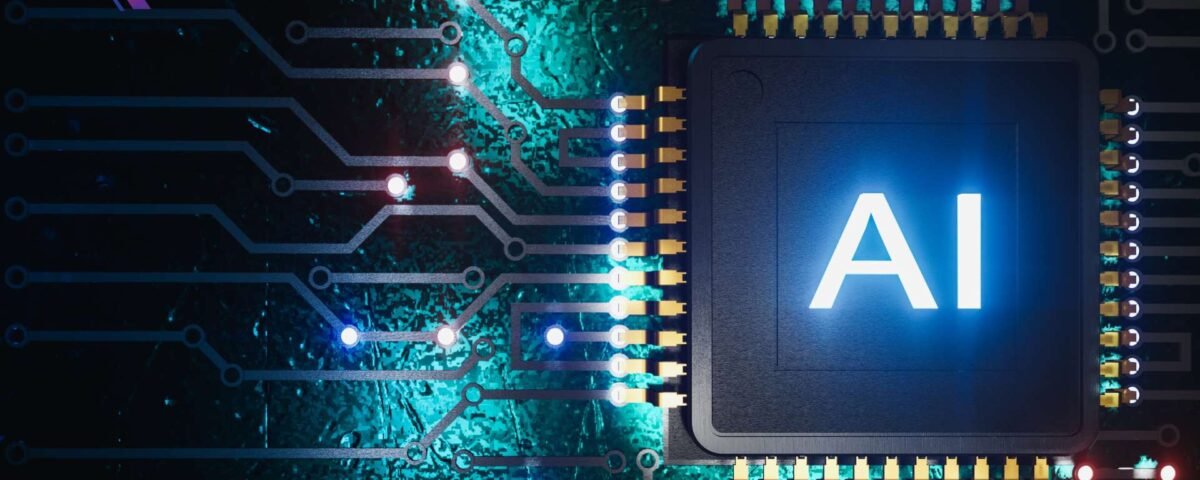
Intel’s Arrow Lake and Lunar Lake CPUs Set to Revolutionize AI Performance in 2024
May 25, 2024
Exploring the Architecture: A Deep Dive into the Snapdragon X Elite and X Plus
June 20, 2024The rapid advancement of artificial intelligence (AI) is reshaping various facets of our lives, including how we work. One of the most significant innovations in this realm is the advent of AI desktops. These intelligent systems integrate cutting-edge AI technologies to enhance productivity, streamline workflows, and offer a personalized user experience. As businesses and professionals increasingly adopt these systems, it’s essential to understand how AI desktops are transforming the future of work.
The Rise of AI Desktops
AI desktops represent the next evolution in computing, where traditional desktops are augmented with AI capabilities. These systems are designed to learn from user behaviors, predict needs, and automate routine tasks. By leveraging machine learning, natural language processing, and advanced data analytics, AI desktops can significantly boost productivity and efficiency.
Enhanced Productivity Through Automation
One of the primary ways AI desktops transform productivity is through automation. AI desktops can automate repetitive tasks such as data entry, scheduling, and email sorting, freeing up valuable time for more strategic activities. For instance, virtual assistants like Microsoft’s Cortana or Apple’s Siri integrated into these desktops can handle calendar management, reminders, and even email composition. This automation reduces the cognitive load on employees, allowing them to focus on higher-value tasks that require creativity and critical thinking.
Intelligent Data Management
Data management is another area where AI desktops excel. These systems can analyze vast amounts of data in real-time, offering insights and recommendations based on patterns and trends. For example, AI desktops can help sales teams by analyzing customer data to identify potential leads, predict customer behavior, and suggest personalized marketing strategies. This intelligent data management enables quicker decision-making and more effective use of resources.
Personalized Work Experience
AI desktops provide a highly personalized work experience by adapting to individual user preferences and work styles. They can learn from users’ interactions and adjust the interface, shortcuts, and tools to optimize efficiency. For example, an AI desktop might prioritize frequently used applications and files or adjust display settings based on the time of day to reduce eye strain. This personalization enhances user comfort and productivity by creating a tailored work environment.
Enhanced Collaboration and Communication
AI desktops also facilitate better collaboration and communication within teams. Integrated AI tools can assist in real-time language translation during meetings, summarize lengthy documents, and even generate meeting minutes automatically. Collaboration platforms like Microsoft Teams or Slack, when integrated with AI desktops, can offer intelligent suggestions for task assignments and follow-ups based on the conversation context. This level of support ensures that teams remain aligned and productive, even in remote or hybrid work settings.
Improved Cybersecurity
With the increasing reliance on digital tools, cybersecurity is a critical concern. AI desktops enhance security measures by employing advanced threat detection and response systems. These systems can identify unusual patterns of behavior, detect potential threats, and respond to them in real-time, often before they can cause significant harm. By continually learning from new threats, AI-powered cybersecurity measures become more robust over time, providing a safer work environment for businesses.
The Impact on Remote Work
The shift towards remote work has accelerated the adoption of AI desktops. These systems support remote work by providing reliable performance, seamless connectivity, and robust security features. AI desktops ensure that remote workers have access to the same tools and resources as they would in a traditional office setting, maintaining productivity and collaboration. Furthermore, AI-driven insights can help managers monitor productivity and employee well-being without invasive measures, fostering a healthier remote work culture.
Future Prospects

As AI technology continues to evolve, the capabilities of AI desktops will expand further. We can expect more sophisticated AI models that offer even deeper personalization, enhanced predictive analytics, and more seamless integration with other smart devices and platforms. The future workplace will likely see AI desktops as a standard tool, essential for maintaining competitive advantage and driving innovation.
AI desktops are transforming the way we work by enhancing productivity, automating routine tasks, providing intelligent data management, and offering a personalized work experience. As these systems become more integrated into our daily workflows, they will play a crucial role in shaping the future of work. Businesses that adopt AI desktops will be better positioned to leverage the full potential of their workforce, leading to increased efficiency, innovation, and growth. The future of work is undoubtedly intertwined with the continued advancement and adoption of AI desktop technology.









